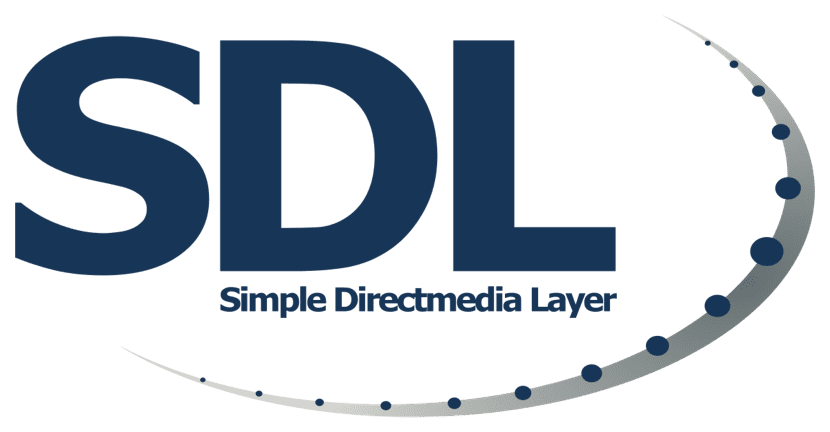
The release of the new version of SDL 2.0.20 in which some changes were made that improve the functioning of the library, in addition to correcting two errors that were present in the last version.
For those who do not know about the library SDL, you should know that this, provides tools such as hardware accelerated 2D and 3D graphics output, input processing, audio playback, 3D output via OpenGL / OpenGL ES and many other related operations.
SDL is analogous to DirectX, to which one could argue that the analog of DirectX is OpenGL. DirectX also works with input devices and sound. When Loki Software started porting AAA games on Linux, they replaced Direct3D with OpenGL and there was no replacement for anything else and since it's hard to write "X" applications these days even with WinAPI on API X11, but with DirectDraw on WinAPI which is already a problem, it's how SDL was born.
SDL it is officially compatible with Windows, Mac OS X, Linux, iOS and Android, although it has support for other platforms such as QNX, in addition to other architectures and systems such as Sega Dreamcast, GP32, GP2X, etc.
Simple Direct Media Layer is written in C, works natively with C ++ and there are links available for several other languages, including C # and Python, it is distributed under the zlib license, this license allows to use SDL freely in any software.
Main new features of SDL 2.0.20
In this new version of SDL 2.0.20 that is presented, it is highlighted that improved accuracy of horizontal and vertical line output when using OpenGL and OpenGL ES.
Another important change that stands out is that indicator was added SDL_HINT_RENDER_LINE_METHOD to select a line drawing method which affects speed, correctness and compatibility.
In addition, it is mentioned that the SDL_RenderGeometryRaw() function has been redesigned with the purpose of being can use a pointer to the SDL_Color parameter instead of an integer value, thus the color data can be specified in the formats SDL_PIXELFORMAT_RGBA32 and SDL_PIXELFORMAT_ABGR8888.
On the part of bug fixes, in this new version of SDL 2.0.20 Resolved an issue with the size of native cursors on the Windows platform.
While for Linux hotplug fix for game controllers, which was broken in version 2.0.18.
In addition to what's new in SDL 2.0.20, it also highlights separate release of SDL_ttf 2.0.18 library which acts as a link to the FreeType 2 font engine, which provides tools for working with TTF (TrueType) fonts in SDL 2.0.18.
The new version includes additional features for scaling, output control, resizing, and TTF font parameterization, and adds support for 32-bit glyphs.
Finally if you are interested in knowing more about it of this new version, you can check the details in the following link.
How to install Simple DirectMedia Layer on Linux?
Installing this library on Linux is quite simple since most Linux distributions have it within their repositories.
In the case of Debian, Ubuntu and distributions derived from these, you will only have to run the following commands in a terminal:
sudo apt-get install libsdl2-2.0 sudo apt-get install libsdl2-dev
While for the case of those who are uArch Linux suarios we just have to run the following:
sudo pacman -S sdl2
In the case of those who are users of Fedora, Centos, RHEL or any distribution based on them, they just have to run the following command:
sudo yum install SDL2 sudo yum install SDL2-devel
For all other Linux distributions, they can search for the package "sdl" or "libsdl" for installation or download and compile the source code.
They do this with:
git clone https://hg.libsdl.org/SDL SDL cd SDL mkdir build cd build ./configure make sudo make install